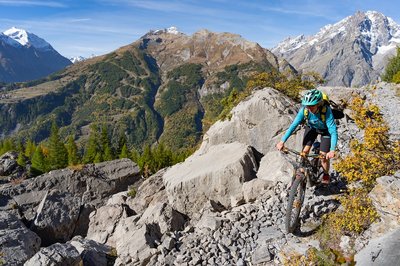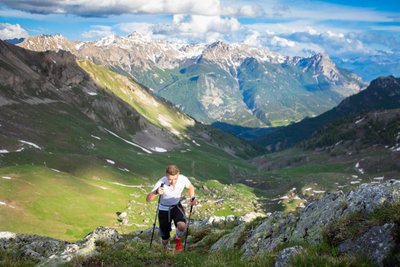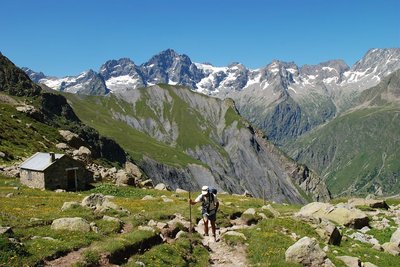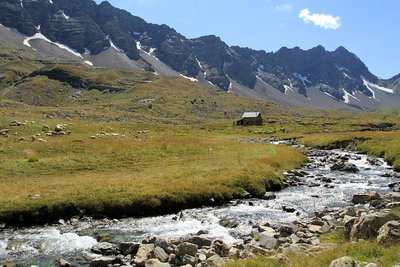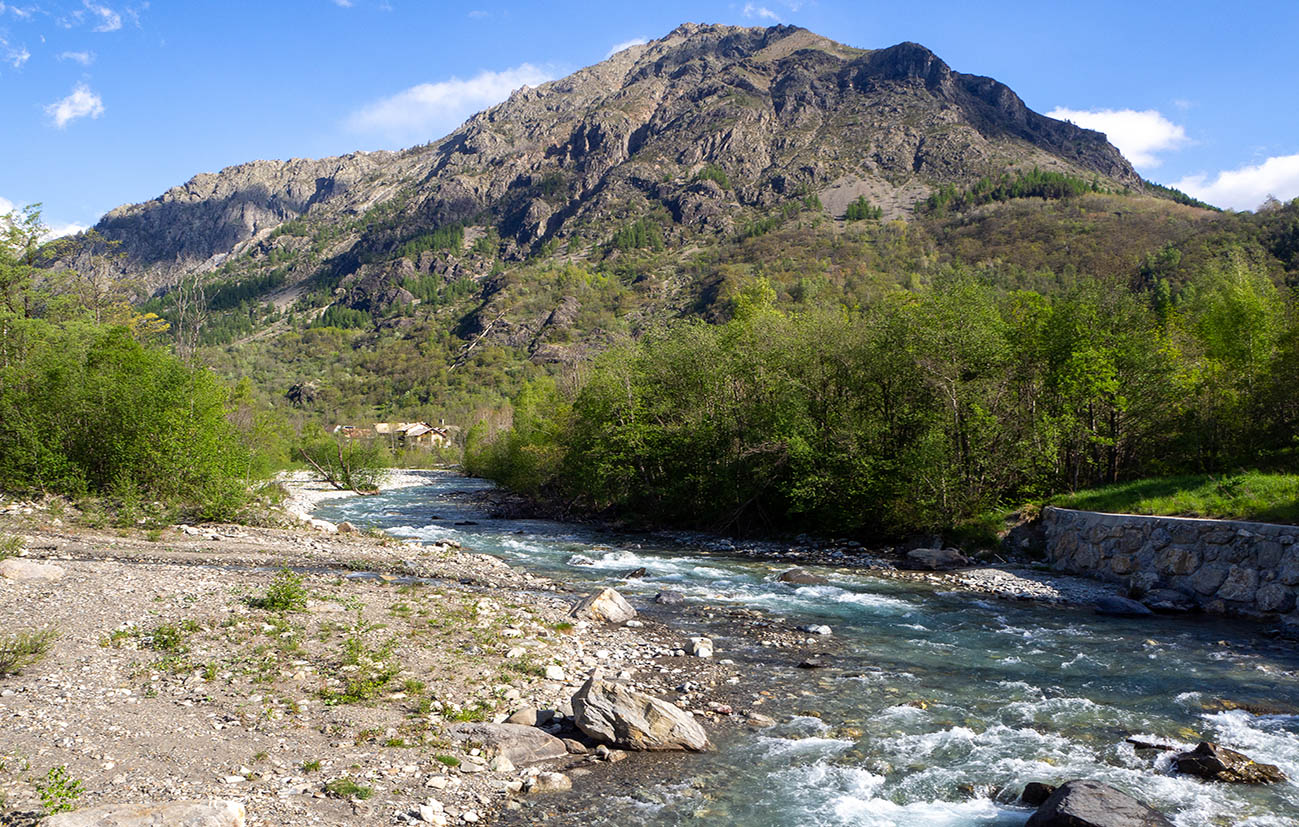
Start : Pelvoux – pont Lambeuf
Description
- Towns crossed : Vallouise-Pelvoux
6 points of interest
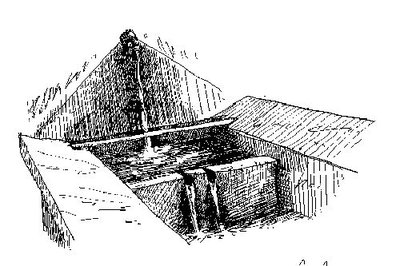
Lavoir - PNE  Know-how
Know-howThe "coulage" laundry day
The dirtiest linen at the bottom and a large sheet last, which collected the wood ash. The «used» water was collected and reheated several times until the «washing powder» (potash from the ash) had achieved the required standard of cleanliness. Often, a few stems and roots of soapwort were added to give the water a soapy quality. The «coulage» sometimes took up the entire day and the house was filled with a pleasant smell! Finally, the laundry was wheeled on a barrow to the pond for rinsing. Small items were spread out on the blanched grass in the meadow.

La chapelle aau Fangeas - Office de tourisme Pays des Écrins  Vernacular heritage
Vernacular heritageThe minor heritage of Pelvoux
Every hamlet has its own chapel. In the territory of Pelvoux, Les Claux has the chapel of Sainte-Barbe with a restored sun dial dating from 1792. The seventeenth-century chapel of Saint-Pancrace is in Le Poët. In Le Sarret, you can admire the chapel of Saint-Joseph and the chapel of Notre-Dame des Sept Douleurs stands in Le Fangeas. Every hamlet has its own communal oven and water fountains as well. Finally, the church of Saint-Antoine is located in the hamlet of Saint-Antoine. It has a sun dial dating from 1810.
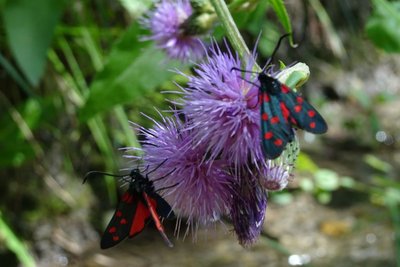
La zygène transalpine - Office de tourisme Pays des Écrins  Flora
FloraThe Zygaena transalpina
A nocturnal moth but also active during the day, the Zygaena transalpina, the transalpine burnet, has thick antennae and red spots on its black to bluish wings. They extract chemical compounds similar to cyanide (a potent poison) from the plants, which they can secrete from their mouthparts and joints when they feel threatened.

Le Gyr - Office de tourisme du Pays des Écrins  Water
WaterThe Gyr
Humans are decidedly bizarre animals: they build, knock down and start again. To protect the new infrastructures of Pelvoux, the Gyr was dammed. But, not able to flow as it did before, it deepened its bed, thus placing the foundations in danger of damage. And so works were carried out to widen its bed, allowing it to flow more naturally. This is also more favourable for biodiversity, as well as protecting the developed urban areas.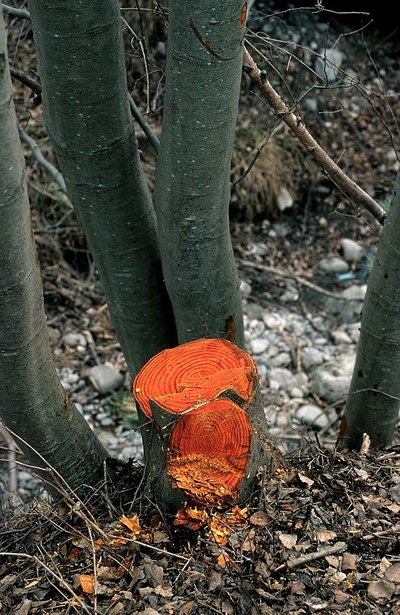
L'aulne blanc - Nicollet Bernard - Parc national des Ecrins  Flora
FloraThe grey alder
In the valleys of the Alps and the Jura, the grey alder often grows in place of the black alder, present in many parts of France. Like its cousin, it grows on riversides and plays an important role in stabilising the banks. If it is cut down, its wood is bright orange in colour. But why cut it down?
Bistorte - Parc national des Écrins  Flora
FloraCool meadow
The track passes through a meadow area, which is categorised as "cool" because of the ground water content there. A botanist quickly recognises this type of meadow through its range of plant life and, in particular, the presence of bistort, a bottle brush-shaped plant bearing a dense spike of tiny pink flowers at the top of its stem. It is also called langue de boeuf ("ox tongue" in English) because of the shape of its leaves.
Access
Source


